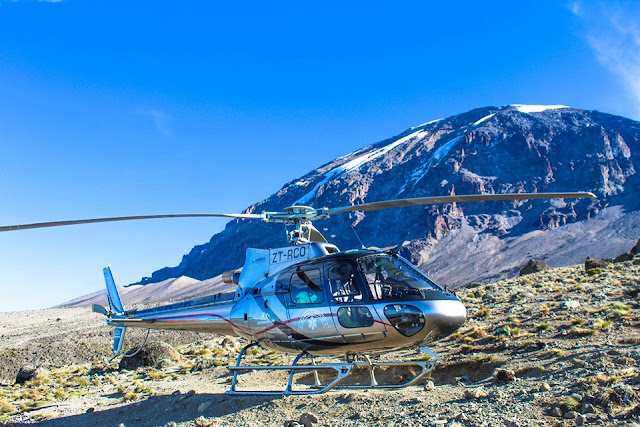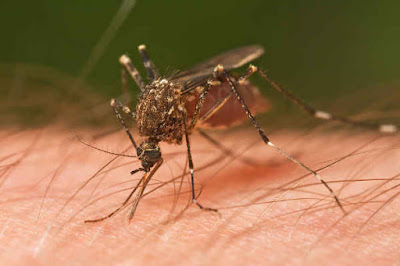8 DAYS MIGRATION SAFARI

THIS DREAM ITINERARY IS SPECIFICALLY DESIGNED TO FOLLOW THE GREAT MIGRATION. WITH 4 NIGHTS IN THE SERENGETI, YOU WILL BE ABLE TO VISIT THE CENTRAL SERENGETI BUT ALSO SPEND SOME DAYS WITNESSING THE GREAT MIGRATION, WHICH COULD BE IN THE SOUTH (NDUTU) FROM DECEMBER TO MARCH, OR IN THE REMOTE NORTHERN TIP OF THE SERENGETI FROM JULY TO NOVEMBER DAY 1: TARANGIRE NATIONAL PARK After breakfast depart for Tarangire National Park. Full day game drive in Tarangire National Park. Tarangire has a diverse landscape, with nine vegetation zones. Ancient Baobab trees (the largest trees in Africa) dot the landscape dwarfing the animals that feed beneath them. The Tarangire River, that meanders through the park attracts an abundance of wildlife, from elephants, lions, leopards, buffalos, zebras, giraffes, antelopes to a variety of colorful birds. The park is very famous for having the greatest elephant population in Tanzania, and during a safari there you will have the chance of quietly observing many...





